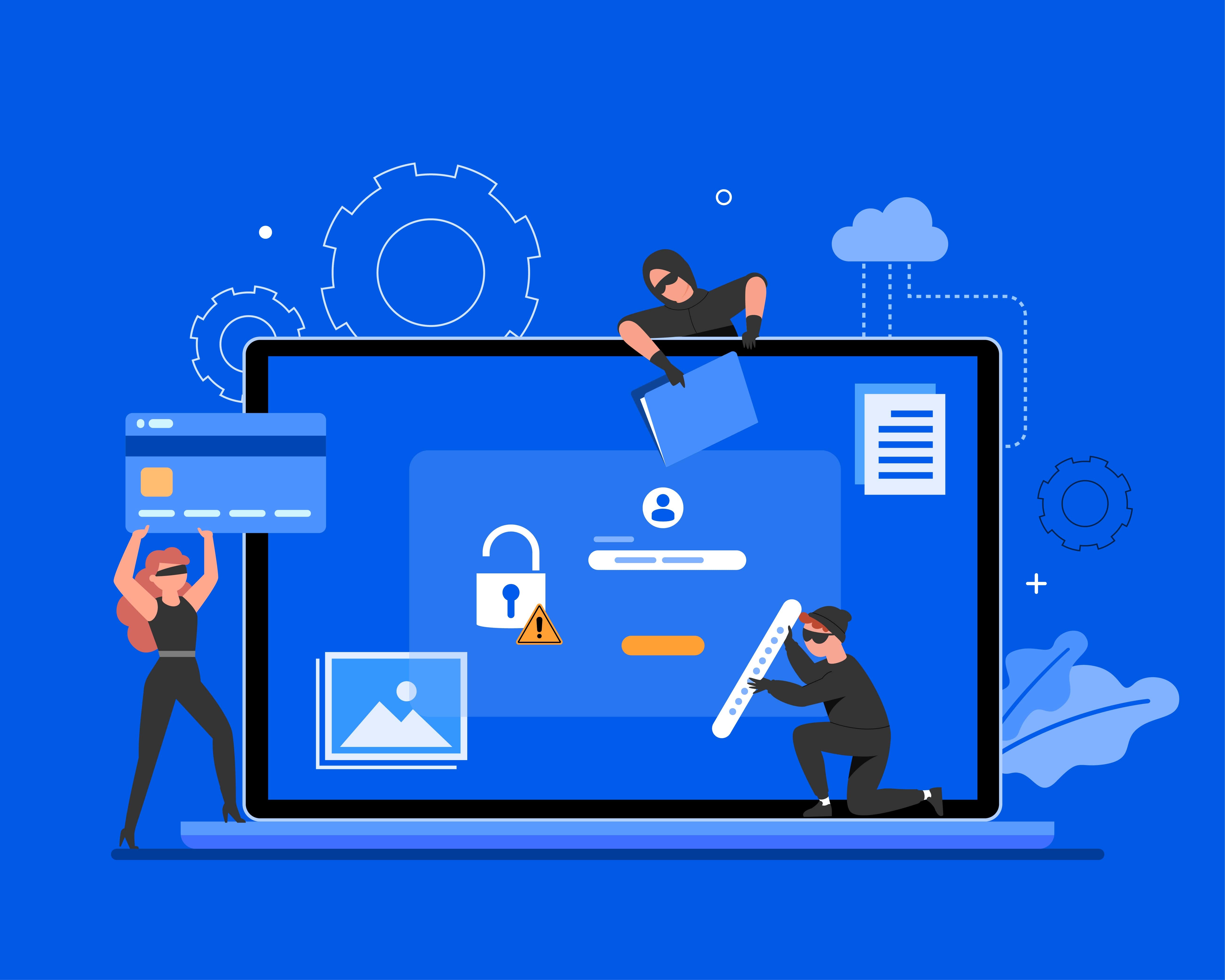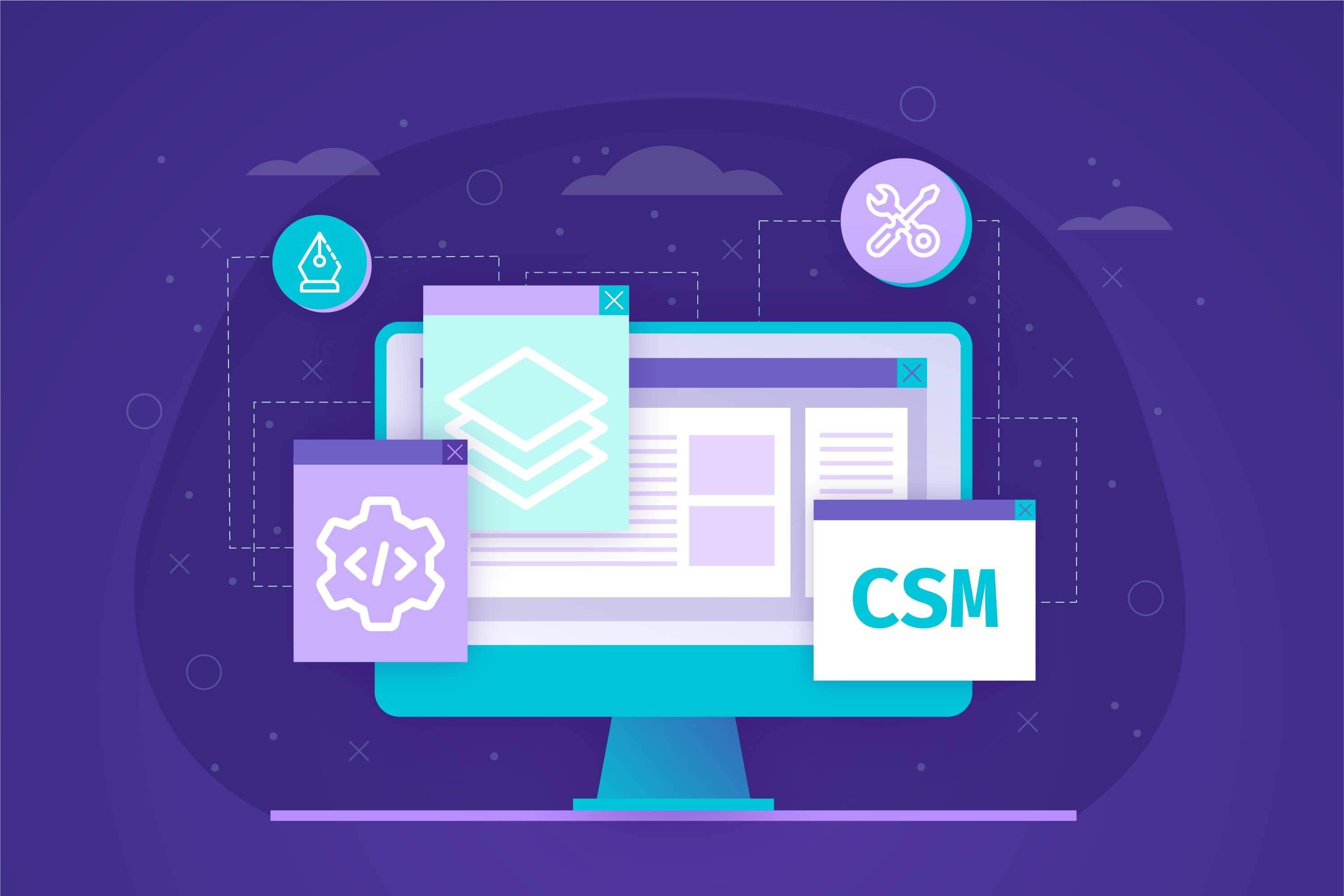
SocGholish Malware: Detection and Prevention Guide
Reliant on social engineering, SocGholish has become a pervasive threat actor in cybercrime. This type of cyberattack takes advantage of trustworthy sites and seemingly legitimate emails to infect users’ devices with malware.
Keep reading to learn more about how SocGholish attacks occur, how they trick users, and what information security professionals and everyday computer users alike can do to protect themselves.
What is SocGholish malware?
Almost every day, internet users are prompted to download updates. From software updates to Microsoft Windows updates or even browser updates, these prompts are so common that most users just accept them and move on.
SocGholish, often referred to as “FakeUpdates,” takes advantage of this trusting mindset by performing what is often called a “drive-by” infection. First, a legitimate website is targeted and infected with malicious JavaScript. When a user visits the site (often via a link in an email), that JS file will execute. This file allows SocGholish to gain information about the user, such as their operating system, IP addresses, browser, and more.
If the user meets certain criteria, SocGholish will then proceed to the next stage of the attack, which is having the user download and execute a malicious file under the guise of a browser update. Once that happens, the SocGholish JavaScript payload will then be loaded onto their device.
At this point, the malware can communicate with the SocGholish command and control (C2) infrastructure. This can then allow for further exploitation, with follow-on malware potentially being loaded onto the device. This follow-on malware is typically Remote Access Trojan (RAT) and ransomware.
Detecting SocGholish malware
SocGholish attacks can be difficult to spot as they function by downloading portions of the malware code at different stages versus loading it all onto the victim’s device at once. However, there are ways to detect and monitor this type of malware attack.
Signs and symptoms
All the usual indicators of compromise exist after a computer has been infected with SocGholish malware. Suspicious network activity, slow or sluggish performance, and an increase in spam emails are all textbook signs that a system is likely compromised. Ideally, the virus and malware scanning software being used on the network will detect the presence of SocGholish before the user notices abnormalities or lackluster performance.
Tools and techniques
Several different methods can keep SocGholish operators at bay. Information security experts can interact with SocGholish and its drive-by-download mechanism in a sandbox environment, making it possible to inspect every aspect of the JavaScript payload that infects the end user. Other methods for overcoming common vulnerabilities include antivirus scanners and real-time threat detection systems.
Real-time monitoring tips
If utilized proactively and robustly, intrusion detection and prevention systems can help in remediation efforts against SocGholish and its malicious JavaScript files. Detection strategies reveal deviations from normal activity and provide alerts when potential problems are spotted. Intrusion prevention takes this a step further by taking swift action to block threats once they are uncovered.
Another essential tip: staying up-to-date on the latest cybercrime advancements by reading the most up-to-date threat intelligence documents.
Preventing SocGholish malware
Armed with the proper knowledge of what to look out for — as well as a robust suite of intrusion detection and virus scanning tools — you can help protect your network against SocGholish and other emerging threats.
Security software and solutions
A network is only as strong as its weakest link. More often than not, however, vulnerabilities emerge, even within the strongest security strategies. For this reason, it’s important to deploy comprehensive data security initiatives that make use of both virus and malware-scanning software. These must also incorporate network intrusion detection systems. Should suspicious activity arise on the network, these solutions will prompt swift alerts and mitigation efforts.
Firewalls have been a staple of the information security industry for decades, and for good reason. These are capable of distinguishing non-threatening and malicious traffic. Standard firewalls provide a basic barrier between internal and external traffic, while web application firewalls (WAFs) filter potentially malicious Hypertext Transfer Protocol (HTTP) traffic.
Employee training and awareness
Personnel must be thoroughly educated on SocGholish, including what it is, how it can be detected, and which prevention strategies employees should use. This is just one of several security concerns that should be highlighted. In general, a culture of cybersecurity awareness is vital, incorporating a thorough overview of security measures while onboarding along with regular training to keep personnel up to date.
Employee best practices for avoiding SocGholish include flagging and deleting suspicious-looking emails, and not downloading software or browser updates unless prompted by official channels or websites. These seemingly common-sense measures aren’t always so common, so it's important to educate everyone on the network.
Network and endpoint security measures
Endpoints involve any devices that are connected to the network. These include desktop computers, laptops, and a wide array of mobile devices. While SocGholish is primarily concerned with gaining remote access to personal data on desktops and laptops, it’s still important to keep every device on the network safe from all forms of cybercrime.
There are several different forms of endpoint protection, including platforms that scrutinize every file making its way through the network for malicious javascript or other abnormalities. These protection methods are crucial for keeping every device on the network safe — and for preventing one bad apple from infecting the entire bunch.
Fixing SocGholish infections
In the event of a SocGholish infection, there are a few key steps that should be taken as quickly as possible to mitigate the damage and keep it from spreading.
Isolation and quarantine
As with any virus, the best way to prevent it from spreading is to keep it quarantined and out of the reach of others. This is where a timely incident response protocol comes into place before one infected computer can impact an entire network.
Removal procedures
Once the impacted computers or devices have been identified, the process of removing the malicious JavaScript payload begins. The same sophisticated malware and virus removal tools that can identify these infections can also remove them. Once the malicious code is cleaned from the device, it’s important to download and install security updates, as well as any patches or new virus definitions for the scanning solutions themselves.
Data recovery and restoration
Data backups are among the most overlooked information security strategies. It's always wise to back up important information on hard drives that are not connected to the network. These physical drives can be used to restore data that has become corrupted or stolen.
Cloud storage solutions should also be utilized for more comprehensive protection. The added mobility of cloud storage will make it easier to restore files — especially if those files are backed up on a near-daily basis. Automatic backups should be run on all site folders, files, and databases. Later, this will make it possible to recover single files or entire websites.
Post-infection analysis
SocGholish mitigation strategies should not end after the infection has been removed. This is the best time to reflect on what led to the malware and how to prevent it for the future.
To begin, a comprehensive audit of every link in the cybersecurity chain must be completed. This should reveal where the infection started and what could have been done to prevent it. A refresher course on cybersecurity best practices should be provided to all users on the network — and an evaluation of the current malware, virus, and network intrusion scanning system.
Protect your systems and data from SocGholish
Whether you have been impacted by SocGholish attacks or are determined to avoid them, you will need a layered security strategy that accounts for the ever-present possibility of sophisticated attacks.
This is where SiteLock comes into play. We offer comprehensive and highly proactive solutions that account for many of today's vulnerabilities and attack vectors. We will help your business achieve maximum cyber vigilance and can also provide swift mitigation in the event of a breach.
Image by methodshop from Pixabay





